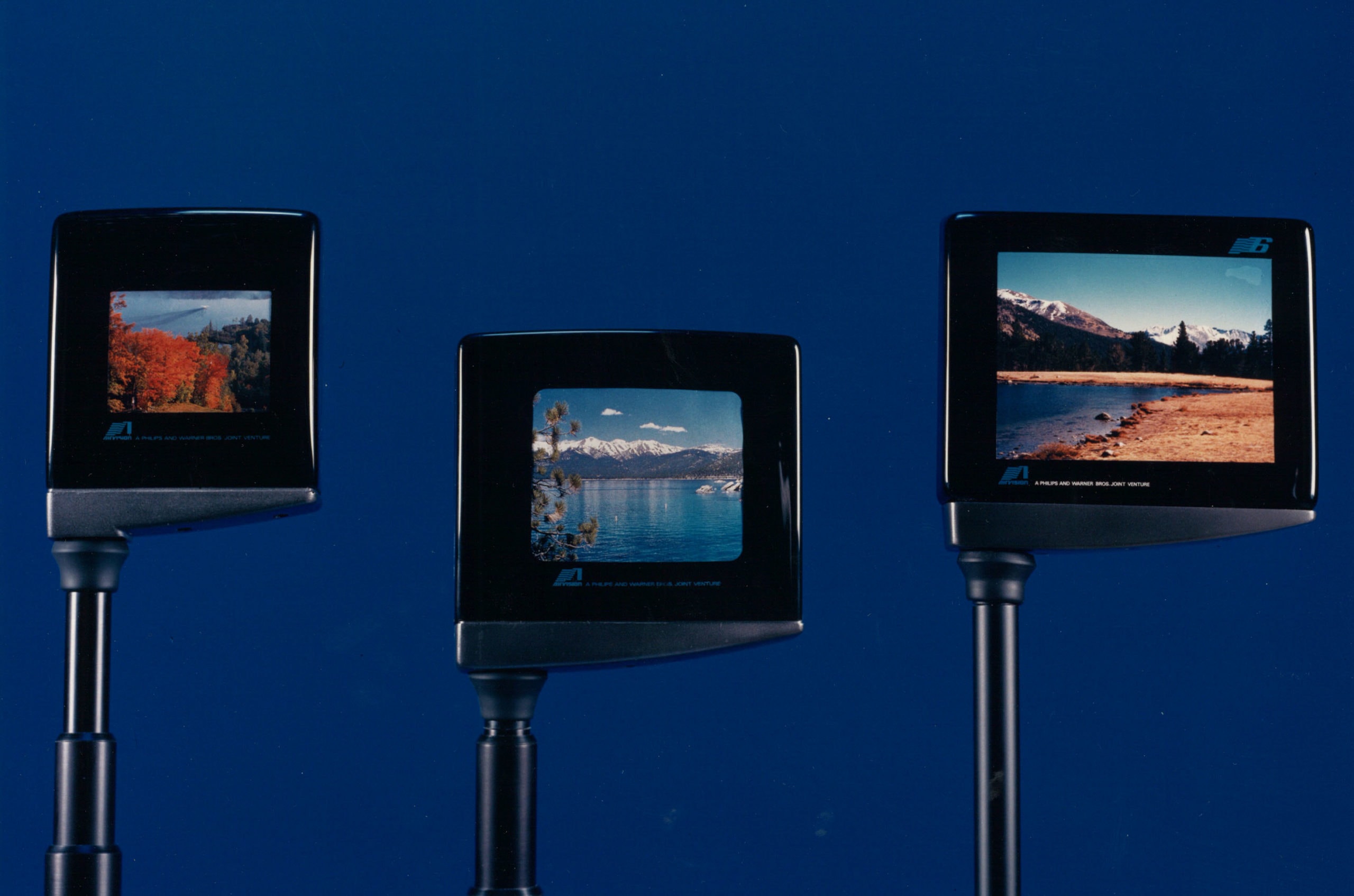40 Success Stories: When Airvision Took the IFE Screen From Communal To Personal
Share

To celebrate the 40th anniversary of APEX EXPO this year, APEX Media is looking back at its members’ most significant achievements. Today, we take a look at how Airvision’s personal in-flight entertainment screens paved the way for the on-demand IFE offerings in the aircraft cabin today.
Register for APEX EXPO (Los Angeles, September 9-12)
In the early 1980s, Arn Steventon, a businessman with a pilot’s license, an engineering background and partial ownership of a Los Angeles-based company specializing in aviation components, was returning from the Boeing 757 rollout in Seattle.
While watching a film being screened overhead to the entire aircraft cabin, Steventon started daydreaming about putting a miniature liquid crystal display (LCD) TV screen – something he’d recently seen at the Consumer Electronics Show (CES) in Las Vegas – into the seatback in front of him.
Committed to making his daydream a reality, Steventon founded a company called Airvision. In 1988, once Airvision had become a joint venture between Warner Bros and Philips, who provided the content and the screens respectively, Northwest Airlines decided to trial Airvision’s world-first personal in-flight entertainment (IFE) screens.
The carrier installed 116 seatback screens across business and economy class on a Boeing 747 operating mainly between Detroit and Tokyo. Surveys by Warner and Northwest showed that 70 percent of passengers preferred the personal screens to overhead units, and British Airways and Qantas had both announced their intention to trial the system before the end of 1988.
Northwest offered passengers a personal screen with access to six linear channels showing movies, news, documentaries, music videos and cartoons on a fixed schedule
By 1993, Philips had taken over Warner Bros’ interest in Airvision, and in September of that year, BE Aerospace agreed to purchase Airvision from Philips for $12 million. BE Aerospace then went on to focus on “on demand” IFE offerings.
Arn Steventon received an Outstanding Contribution award from APEX in 2009.
See more posts from the 40 Success Stories campaign.



